


Achilles tendinopathy is a condition that presents with pain, reduced range of movement and often swelling in the posterior aspect of the ankle.
It is often linked to overuse microtrauma to the Achilles tendon which can result in Tendinitis (inflammation of the tendon). Over a longer period of time, recurrent inflammation can lead to Tendinosis (damage to the tendon).

There are many ligaments within the knee complex. Most commonly injured are the Anterior Cruciate Ligament, Medial Collateral ligament, Lateral Collateral ligament and less commonly Posterior Cruciate ligament.
Anterior Cruciate ligament (ACL) tears/ sprains are the most commonly seen ligament injury of the knee. They often occur following a twisting mechanism of injury (often during sports) and can be seen along with a medial collateral ligament tear and/or medial meniscal tear (Unhappy Triad).
There are surgical and conservative (physiotherapy) treatments for knee ligament injuries. Your physiotherapist will advise you on the best course of treatment for your individual injury.
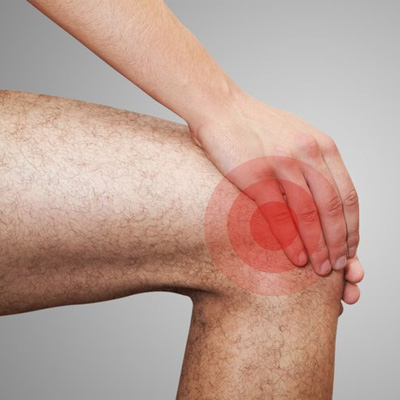
The meniscus is the layer of cartilage within the knee joint. Meniscal tears are common during twisting injuries of the knee.
The often present with a sharp pain, aggravated during a deep squat or during lateral or twisting movement of the knee.
There are also surgical and conservative treatment for Meniscal tears. You may be required to undergo an MRI scan to reveal the extent of the injury.

The quadriceps tendon crosses the front aspect of the lower thigh, over the knee and attaches to the upper tibia (shin bone). This tendon, in rare cases, can be ruptured due to being exposed to excessive loading.
However, the tendon (known as the patella tendon once it passes over the kneecap) is most commonly injured through overuse, often as a result of a large increase in training or activity. This often presents as pain following activity and tenderness localised to the tendon over the front of the knee.

Ankle sprains are a very common injury, in which one or more of the ligaments around the ankle are torn or damaged through a sudden, forced altered foot position. This may be seen after a fall or twist, or frequently seen as a result of a tackle or trip in activity or sports. Often pain, bruising and swelling is noticeable, but this is not always the case.
Due to the mechanism of injury, the lateral (outside) ligaments of the ankle are more susceptible than the medial (inside) ligaments.

Hip OA is the most common form of arthritis world-wide. There are two sub-types of hip OA: primary (idiopathic/unknown onset) and secondary (underlying disease, deformity, or injury). Arthritis is often misunderstood and solely associated with aging and long-term 'wear and tear' of a joint.
Risk factors of hip OA include age (increases as we get older), genetics, weight, and mechanical stresses. Symptoms of hip OA include but are not limited to, groin and/or buttock pain, activity related pain, pain at night/rest and difficulty with deep sitting and ascending/descending stairs.

A calf strain is an injury to one of the muscles on the posterior (back) of your calf. Injury is often a result of a forceful eccentric contraction where the gastrocnemius or soleus muscle is lengthened whilst under tension. This may be seen in those who participate in high intensity exercise, such as runners.
Pain in this area is the most commonly occurring symptom, whilst bruising, tenderness and weakness may also be associated. A calf strain is classified from grade 1 (low) to grade 3 (rupture) depending on the presentation.
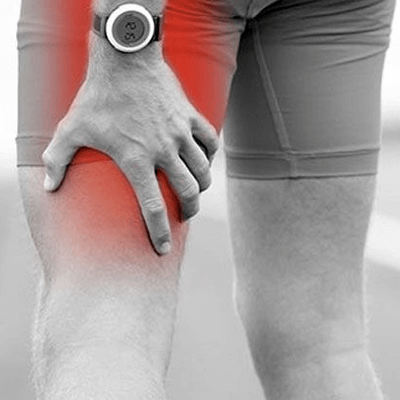
The hamstrings are a combination of three muscles on the posterior (back) aspect of the thigh. The hamstrings are most commonly injured when excessive tensile force is placed upon them, causing a strain or significant tear to one of the muscles. This may be seen in explosive activity such as sprinting or ball sports. Common symptoms include pain to the back of the thigh, tenderness, and bruising.
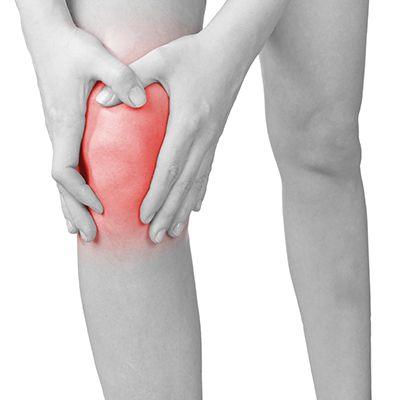
Fat pad (Hoffa's) impingement refers to injury or aggravation of the infrapatellar fat pad located in the front of the knee, just below and behind the knee cap. It can be caused by a sudden injury, such as a direct blow to your knee. More often though, it develops gradually over time if you repeatedly over-extend your knee. This is when your knee is forced beyond its fully straightened normal position.
Common symptoms include anterior (front) knee pain that is aggravated by full knee extension, tenderness local to the area and occasionally swelling.
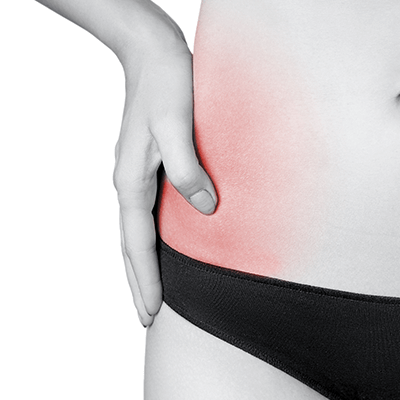
Femoral acetabular impingement is a movement related hip disorder which involves symptomatic contact between the femoral head and acetabulum (hip socket) due to changes in their morphology. The anatomical defect may be to the femoral head (cam), the acetabulum (pincer) or a combination of the two.
Those with FAI almost always report groin pain, clicking, catching and/or pain with end of range movements of the hip, such as in a deep squat or sitting in low chairs.
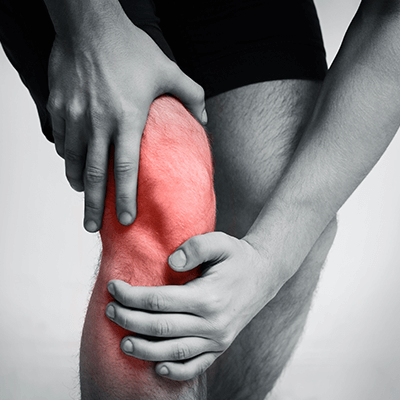
Much like in the hip, knee OA impact the entire joint, sparing no tissues. It has a complex aetiology and is associated with risk factors, mechanical stress, and abnormal joint mechanics. Close to 1 in 5 people aged >45yrs in the UK have sought treatment for knee OA. Symptoms associated include joint stiffness and activity related joint pain. Risk factors include age (increases as we get older), genetics, weight, and mechanical stresses.
Thanks to my first session with John this afternoon my neck pain has significantly improved. Professional, friendly and was seen straight away! Highly recommended
Been to see John this morning with lower back pain and struggling to walk. John talked me through the problem I was having, then started to work on my back. I now have a lot more movement and less pain, back to see him later this week. Excellent service!
Jack totally sorted out my torn quad. Gave me a fab rehab plan and finally got me back to running again! Excellent service, he went above and beyond what I expected and will definitely go back if I get injured again. Excellent.
I have had wonderful treatment from both John and Jack for neck and knee pain. Both so much better, I can highly recommend this firm.
My first visit today and was seen by becca.shes amazing a credit to your team.she was so helpful explaining everything she was doing couldn't fault her Thank-you! Also the receptionist was so friendly and helpful too.wouldnt go anywhere else for treatment now!!
Excellent service from John. Really listened and engaged before the treatment, which was very good. Highly rated.
John's physio knowledge is top quality, and he did a great job figuring out what was going on with my back. Thanks again John, great to see you as always.
John has been great at helping me overcome some lower back pain. He also has some videos on his Facebook and Instagram pages for helping with mobility and stretching, which have been very helpful during lockdown. Keep up the great work John!